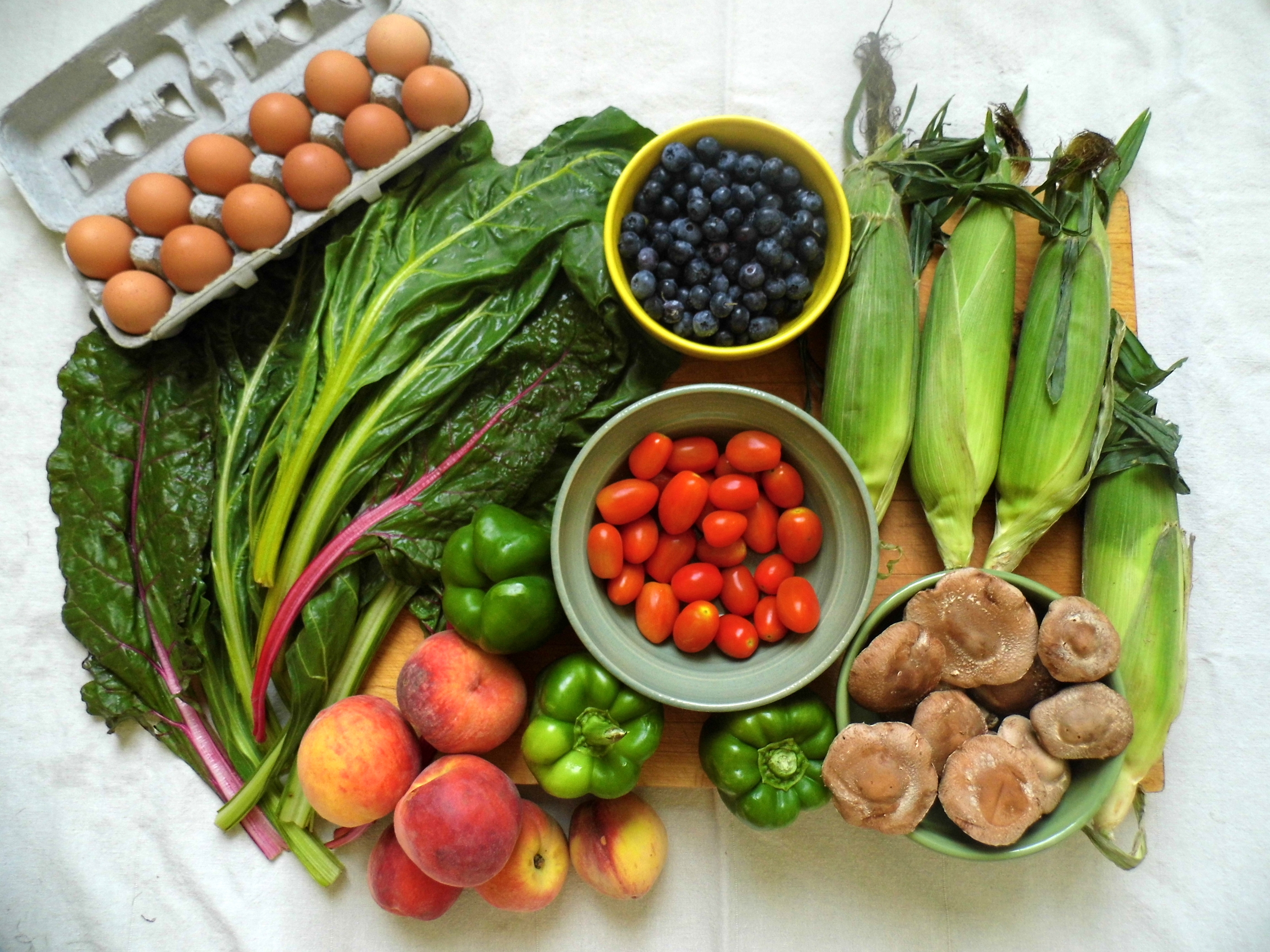
From farm to Philly
When Common Market started bringing locally-sourced farms food into Philly six years ago, they had no idea if the nonprofit would ever break even. In 2014,…
When Common Market started bringing locally-sourced farms food into Philly six years ago, they had no idea if the nonprofit would ever break even. In 2014, they turned $2.4 million in food sales.
Common Market founders Tatiana Garcia-Granados and her husband Haile Johnston have a love story of locally sourced, sustainably grown food. In 2002, they moved into the Strawberry Mansion neighborhood of Philadelphia, where they started planting gardens in front of vacant house and lots. Suddenly, kids from the neighborhood flocked over to help them. Within a year, they had started a nonprofit called the East Park Revitalization Alliance, part of whose purpose was to maintain an after-school summer program at a local rec center with 75 kids. Soon, the nonprofit acquired a contract with the city to maintain 13 acres of vacant land, where they laid grass seeds, built fences and planted over 800 trees. Garcia-Granados tells AL DÍA about their journey from local neighborhood activists to region-wide distributors of sustainable food.
As part of the East Park Revitalization Service after-school program, you ran healthy cooking classes with the kids. What’s the story that came out of these workshops?
When we first started the after school program, we’d take a small group of kids down to Reading Terminal Market to buy wholesome ingredients from local farms, bring the food back to the neighborhood and teach them how to cook healthy meals. The kids loved it. After a year of this, it occurred to us that, if the kids wanted to take these healthy cooking skills home to share with their families, there was nowhere to buy similar ingredients in the neighborhood. Soon enough, we realized it’s not just ours, but so many neighborhoods in Philly didn’t have access to good fresh food.
Around the same time, we came across a farm auction in Lancaster — numerous Amish farmers bringing in their goods to the local market by horse-driven cart. We got a number and bid on 60 cases of apples (basically a full pickup truck), and we got it. What amazed us was that it came out to about $5 a case, compared to $25 a case wholesale. It didn’t make sense. How is this being growing so cheaply just an hour away? Well, we started looking into how we could make that food access possible.
How did you get your start in local food distribution?
We received the “First Industries Grant” -- a program to support top industries in Pennsylvania, which are tourism and agriculture. That led to a feasibility and organization study for distribution. Then, in 2008, we bootstrapped some money together and rented some space at a local food bank, but within two years we outgrew it. You see all these abandoned spaces in Philly, so it’s a little shocking that it took us nearly two years to find a new place. Now we have a 50,000-square foot warehouse, and we only need about 13,000 of it.
So what do you do now with all the extra space?
We rent out the rest of the space to other food entrepreneurs. One group imports tahini from Ethiopia. We have a mushroom grower, Mycopolitan Mushrooms. There’s a eco-wine importer, and also a healthy snack producer called Snack Like A Local. We’re trying to pay back the support we got when we first started out.
Which farmers markets were you going to in the early days? How have your relationships with them evolved?
We started out with about 10 farms between Lancaster and South Jersey. Now it’s grown to about 80 farms with clusters in Lancaster, New Jersey, and the Lehigh Valley. When we started we were so small, so the farms in many ways took a chance on us. We could have gone out of business after a year. They’ve grown alongside our growth. There’s one in the Lehigh Valley Poconos area that started the same time as us, growing raspberries in high tunnels. It’s amazing. Today, they can’t grow as much as we can move. Moreover we’ve helped some of these farms learn how to distribute their own foods. How do you pack and grade the food? What kind of cases do you use? About half of our farms learned that from us.
One of the biggest walls in persuading people to buy local, organic food, is the cost. Pretend I’m someone who doesn’t know the difference between a tomato and a rocking chair. Convince me that buying locally-grown tomatoes is the right choice. Explain to me how it’s possible, given my limited budget and my numerous hungry mouths to feed.
I think that the innovation of Common Market is to focus on environments where people are getting their food rather than the individuals themselves. Kids in poor urban neighborhoods are consuming up to two-thirds of their calories at school. One important way to have a larger impact is to change the environment. Yes, it’s important to have that behavioral change on an individual level, but people’s behaviors are very limited by their environment. By going through the schools and the hospitals and the larger institutions, we change the system itself, and the individual change follows.
Common Market works with bigger-budget institutions like Penn and Jefferson. Is it financially possible for smaller, low-budget institutions (can we be so bold as to say, a Philadelphia public school?) to get on the sustainable food lunch plan?
We have 250 customers in the Philadelphia area. It’s critical that the food be going to Penn and Temple, but we are also very focused on getting it into public schools. We were an early partner with 35 public schools in the district, but then when the schools had the budget issues they had to end the programs, we were naturally disappointed. We thought, how else can we reach these kids? So we partnered with Lintons Managed Services, and through them we are able to reach 14,000 kids across 32 charter schools in the city.
Have you tried to reach out to the Latino community?
Yes! There are a number of self-op food service at Latino schools, meaning that they hire people from the community and they make culturally appropriate food. They’re so great. We’re trying to find a way to work closely with them on the education front as well. While it’s great to work with the Lintons, our goal is really to go beyond the cafeteria and to work with the school itself, to link our community to the classroom. Of course it’s important that the kids are eating good food. But we want them to know what they are eating and why, for both health and economic reasons.
Part of your mission is to put money into local agribusiness and keep these farmers thriving. Why should I care about local farmers?
Education is key. In the early stages, nobody understood why and what we were doing. It’s taken three years of planning and six years of operation for people to understand, for us to stop constantly explaining ourselves. It used to be a struggle to convince people, but nationally there has been a widening of consciousness about the importance of this movement.
We can’t take all the credit. All we can say is that we’ve seen these local farmers’ businesses improve and we’ve all helped each other grow. Weavers Orchard in Morgantown was one of our first farms, and they were crucial in putting us in touch with other growers. When we started with him, his orchard was half the size of what it is now. He’s been able to expand with everything from a farm-to-office program to running school trips to the orchards.
From a business perspective, what are the largest barriers to making sustainable food available to everyone?
There are high capital needs, so you have to get the business onto a certain scale. For us it took five years to break even, and we’ve seen the same exact pattern with our farmers and regional producers. For our kind of distribution, it’s about $1.8 million in food sales per year. We hit that in 2013. In 2014, we took in $2.4. We’re really excited. The growth has been pretty constant. We’re projecting to hit $3 million in 2015.
What other farm-to-table nonprofits in the U.S. were a big influence on Common Market?
Part of the feasibility study was to look at similar projects on a national scale. There were a few in Vermont and other states that we learned, and the people there were very generous. There is also one called Veritable Vegetable based in San Francisco that has been around for 40 years. They started before there was a definition of USDA Organic, and played a huge part in working with local farmers in California to help define the term. Today, they’re pulling around $40 million in food sales a year.
What would it require to take this kind of business national?
We’ve gotten so many requests over the years from people who’ve wanted to request our business plan. We participate in a lot of studies and seminars to share some aspect of our operation with others. Instead of taking five years to break even, how do you do it in three? We can participate in that conversation. How do we take what we’ve learned here and replicate the infrastructure? That’s a tougher question, because we’re dealing with local food, and to do this it’s important to have a local presence. By the very nature of it, it’s not like a franchise — you can't just set it up like a Subway chain.



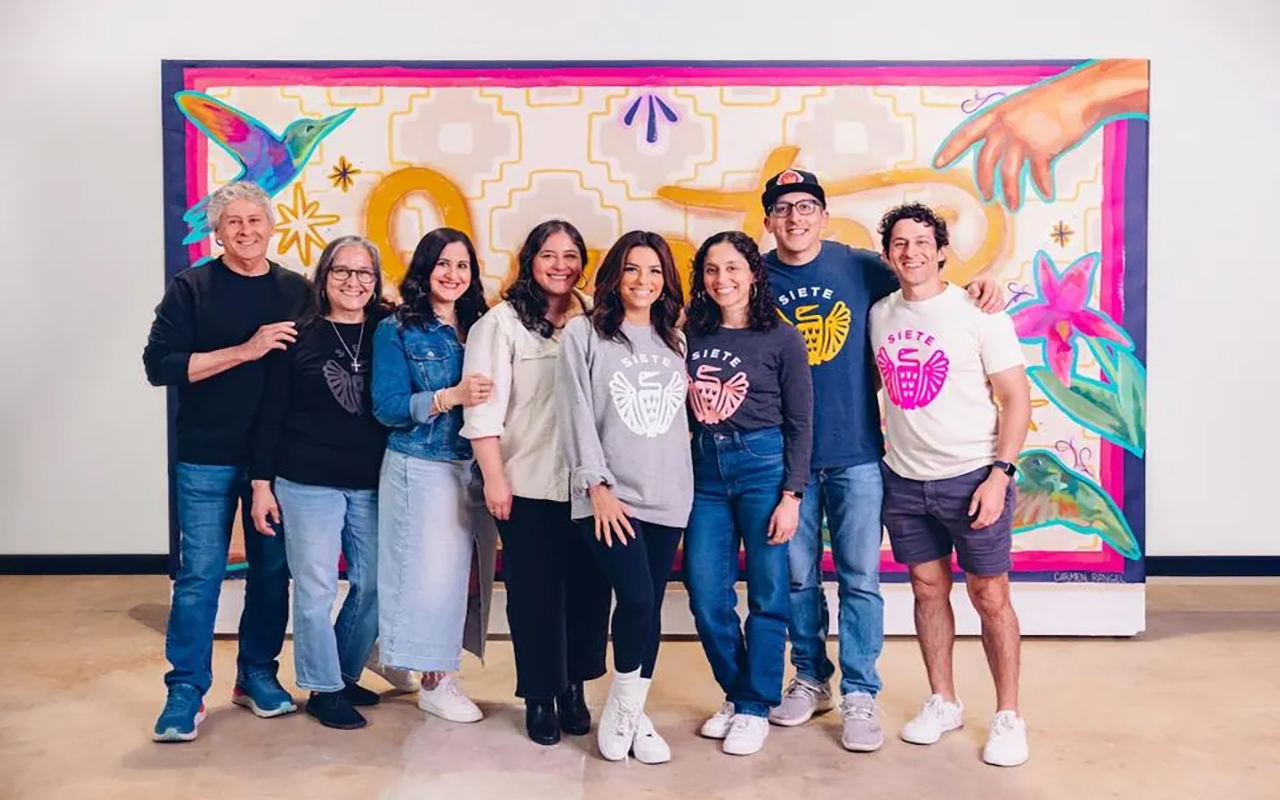


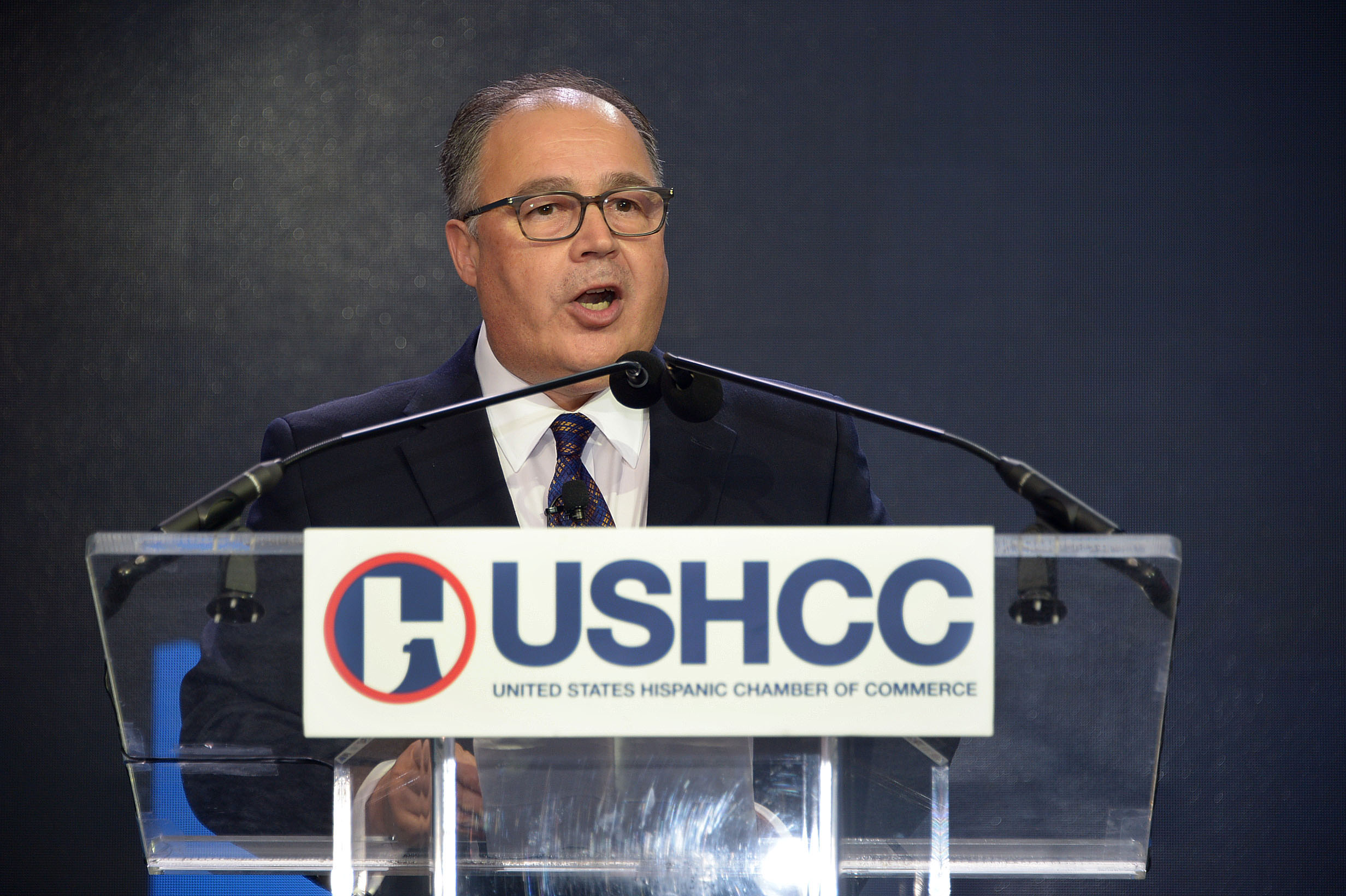
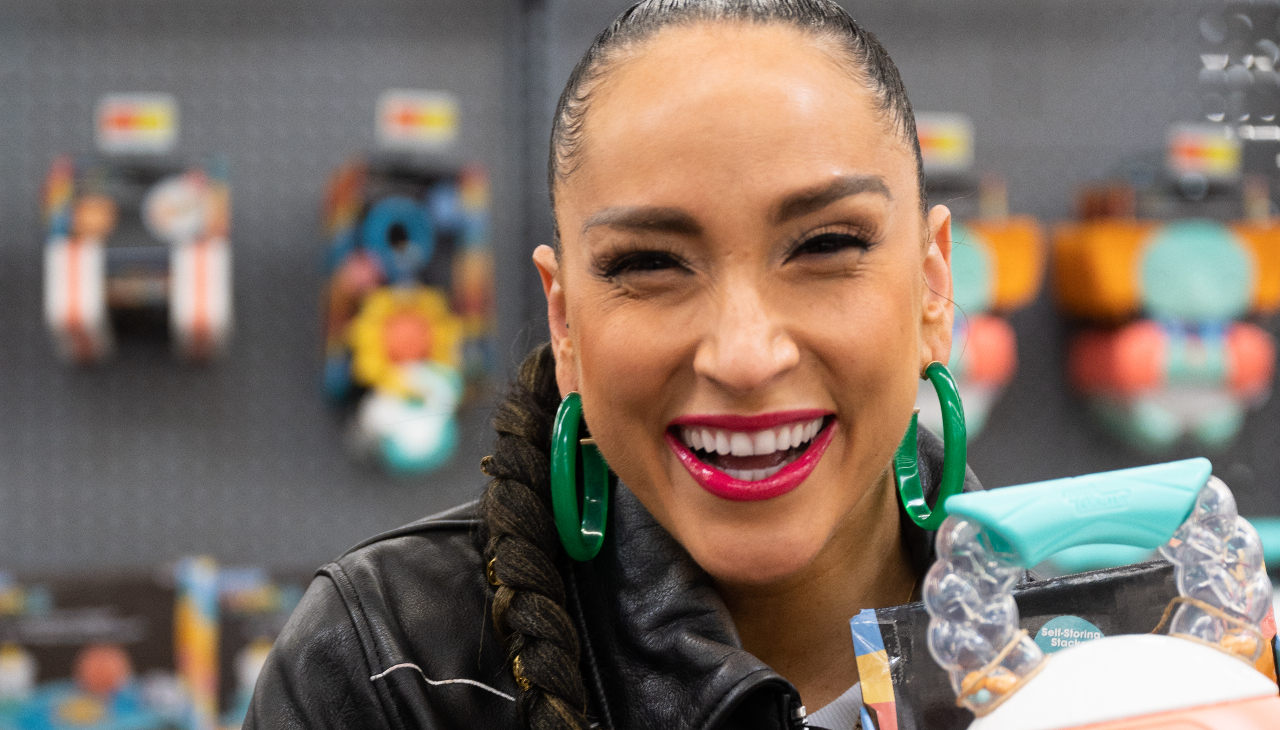
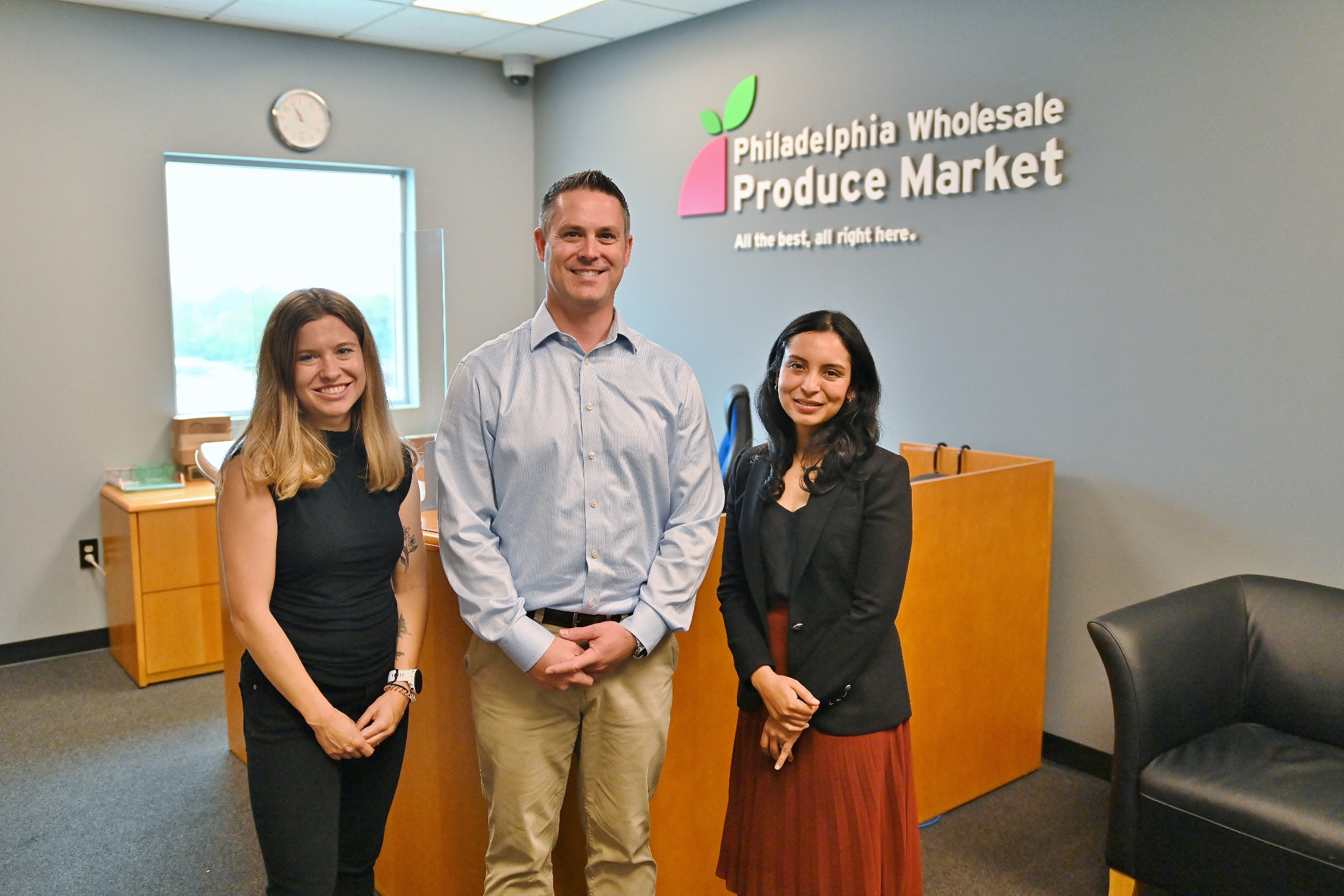
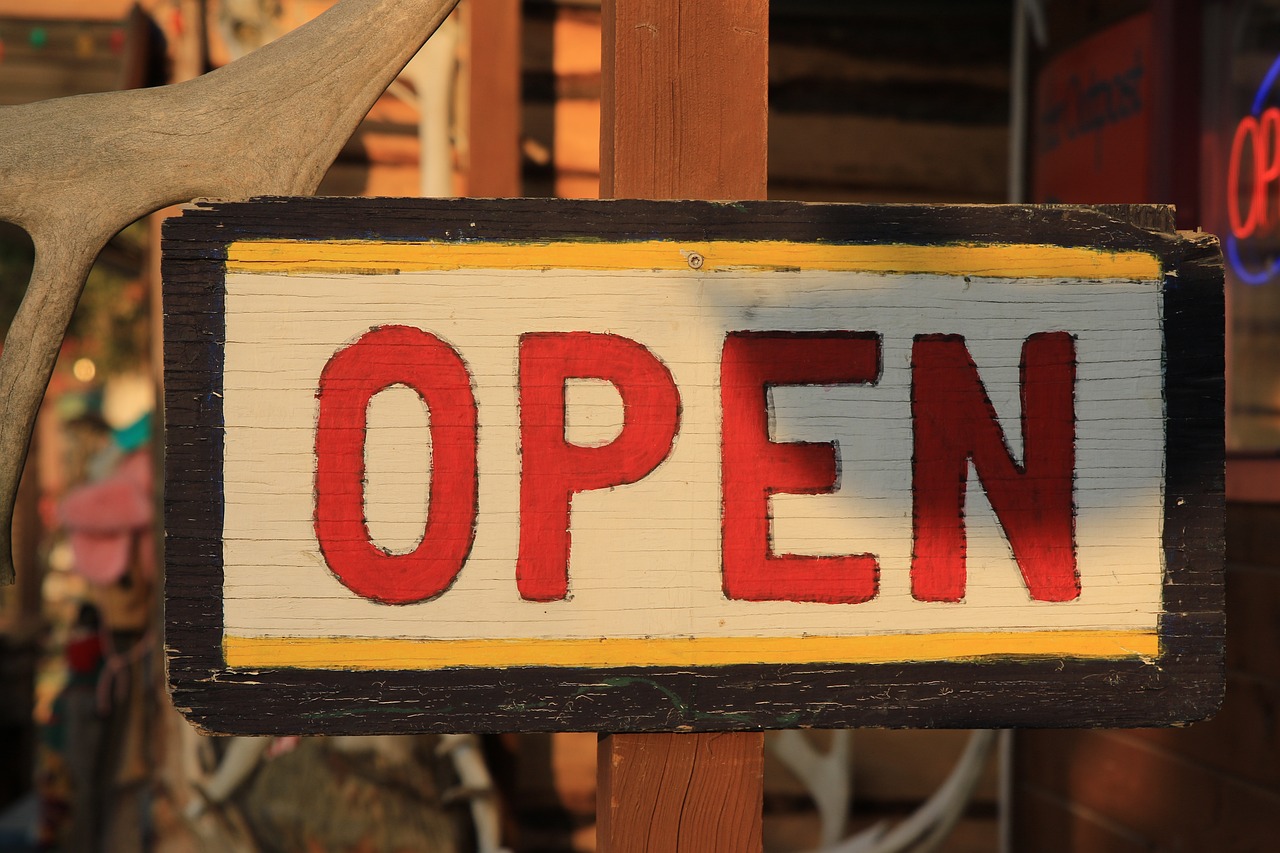

LEAVE A COMMENT:
Join the discussion! Leave a comment.